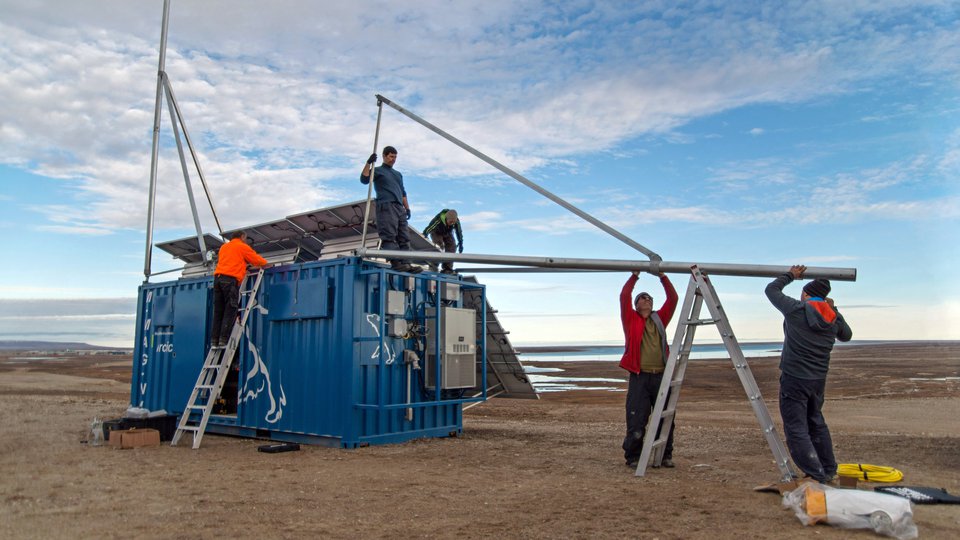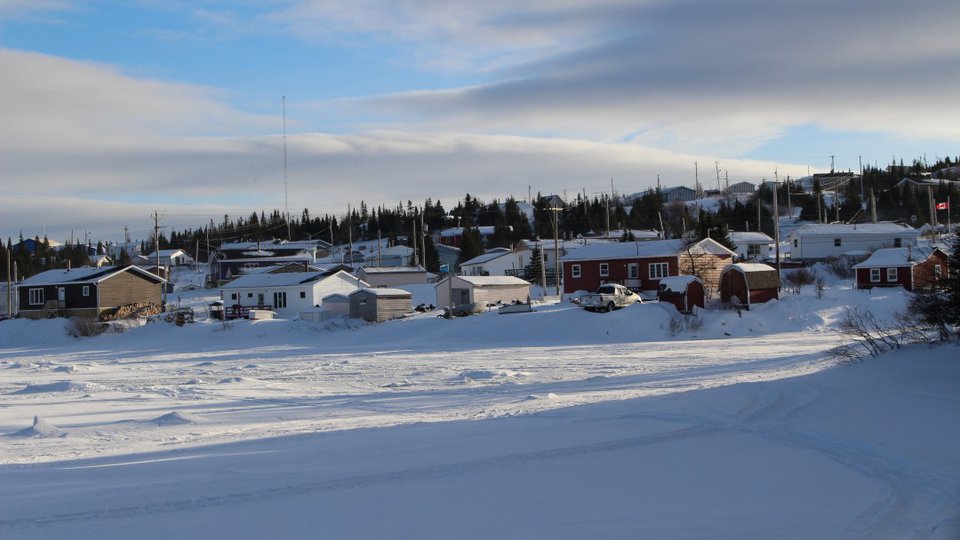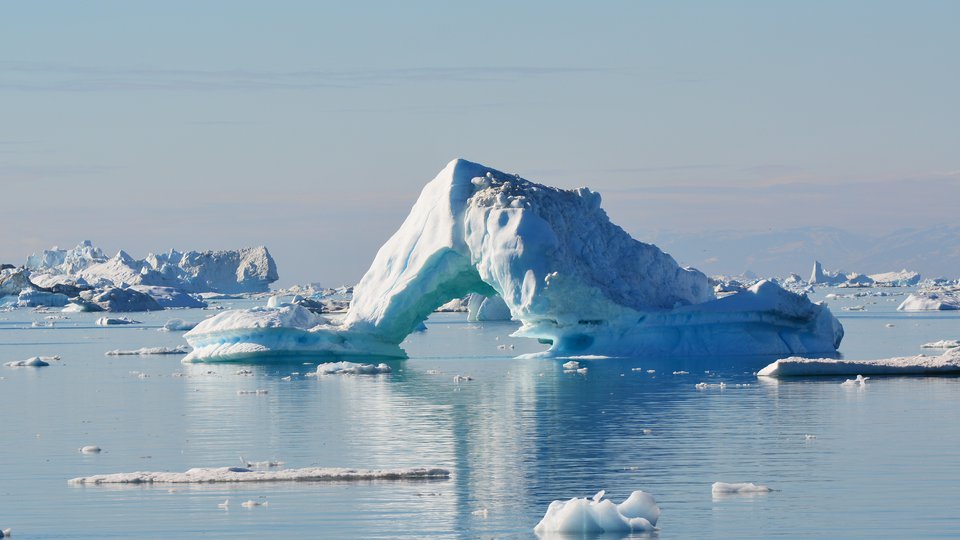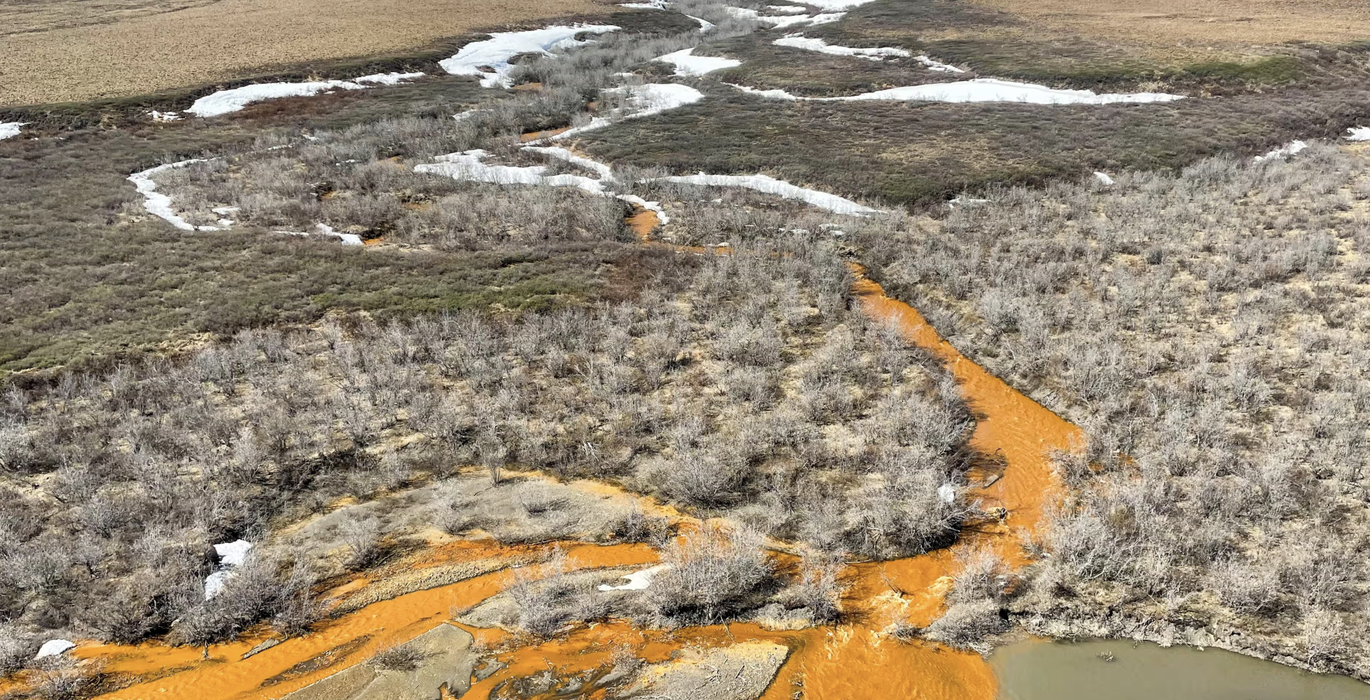
Flying in a Robinson R44II helicopter, the scientists reached a river in Kobuk Valley National Park. The previous year, in 2017, when they surveyed the same river and collected samples, it appeared to be a normal, clear river. But now, the water has turned orange.
“That was our first observation of what we were calling rusting rivers,” says Jon O’Donnell, an ecologist with the National Park Service’s Arctic Inventory and Monitoring Network.
“I thought that was anomalous, and it wasn't until the following year, 2019, where we saw some other streams had changed colors, where we [realized] this might be more of a widespread phenomenon.”
O’Donnell and his team are responsible for conducting long-term monitoring of rivers and lakes within Arctic national parks. He’s been traveling to streams and rivers in the area, collecting samples and monitoring the health of the ecosystem over years, and he knew something wasn’t right.
After receiving reports from numerous people who had observed similar changes, from recreational visitors and guides, to pilots, Indigenous communities and other rural residents, scientists, and land managers, O’Donnell and colleagues soon realized this was happening to rivers all over northern Alaska.
Partnering with the U.S. Geological Survey and other agencies and academic institutions, they set out to learn more about what was going on with these waterways. They began to examine rivers that were previously clear but had turned a startling shade of orange, collecting water samples and measurements, analyzing the water’s characteristics and chemistry, and surveying what lives in the river, from biofilm, to macroinvertebrates, to fish.
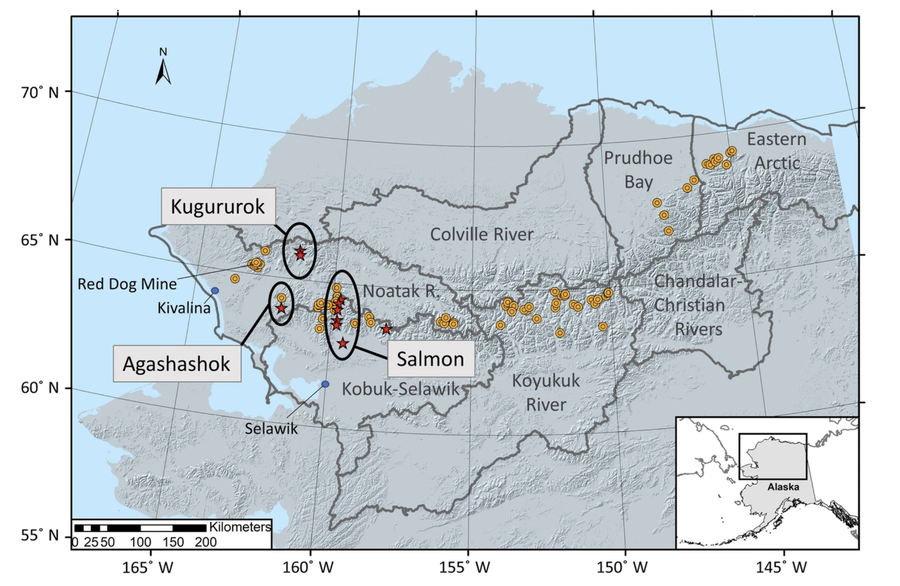
Orange circles indicate orange stream observations, red stars indicate sites where water samples were collected (Fig. 2)20, and blue circles are nearby villages. Hydrologic Unit Code-6 (HUC) basins are shown as black outlines from the National Watershed Boundary dataset67. The hill-shade layer utilizes the USGS National Elevation Dataset68. Map generated in Esri ArcMap software. Map credit: Kenneth Hill, NPS.
The scientists believe that this rust-colored water was coming from iron and trace metals from thawing permafrost—the result of chemical weathering. They shared their findings in a paper in Communications Earth & Environment.
To study these waterways, researchers analyzed samples from 75 streams in Alaska’s Brooks Range, collecting samples from discolored waterways and reference streams that were running clear.
In order to find out just when these rivers started changing color, the scientists examined Landsat satellite images collected from 1985-2022. To avoid altered colors due to factors like turbidity after ice breakup in the spring, they examined July and August images, adjusting for cloud cover and other factors. Then, they calculated the redness in these images to see how they changed over time. They found the rivers changed color in the last 5-10 years. This timeframe also coincided with rapid warming and significant amounts of snowfall in 2018 and 2019, which further led the scientists to believe the discoloration was due to permafrost thaw.
Permafrost is frozen ground, and it creates a difficult-to-penetrate barrier, but when it thaws, it allows water to infiltrate more easily. When the permafrost, which can accumulate significant amounts of organic carbon, nutrients and trace metals, thaws this can create pathways that allow these materials—which can be released with chemical weathering—to eventually be carried into waterways.
“There's a question of why it’s happening now, and not 20 years ago,” O’Donnell says. “Our hypothesis is that this has to do with warming and climate change in the region, and then permafrost thaw. When the climate was colder and soils were colder, these sulfide minerals were basically protected in frozen ground, and they weren't interacting with groundwater, but as permafrost thaws and groundwater can sort of interact with these deposits and then all these streams can start to turn orange as a result of these chemical weathering processes.”
And it’s not just a visual effect. Water sample analysis found that the orange streams had lower pH (meaning higher acidity), along with higher amounts of turbidity–when water may appear cloudy due to particles suspended in the water–and things like iron, trace metals, and sulfates. These discolored streams also had drops in macroinvertebrate diversity and fish.
People rely on these streams for drinking water, as well as subsistence. In remote parts of northern Alaska, residents live far from the road system, and fishing and hunting ungulates and marine mammals are very important for subsistence and cultural reasons. Visitors who travel to these remote locations, including the national park sites, are also impacted, as well as those who participate in sport fishing and commercial fishing since diadromous fish—which mainly live in saltwater but travel to freshwater to spawn—are impacted by these changes.
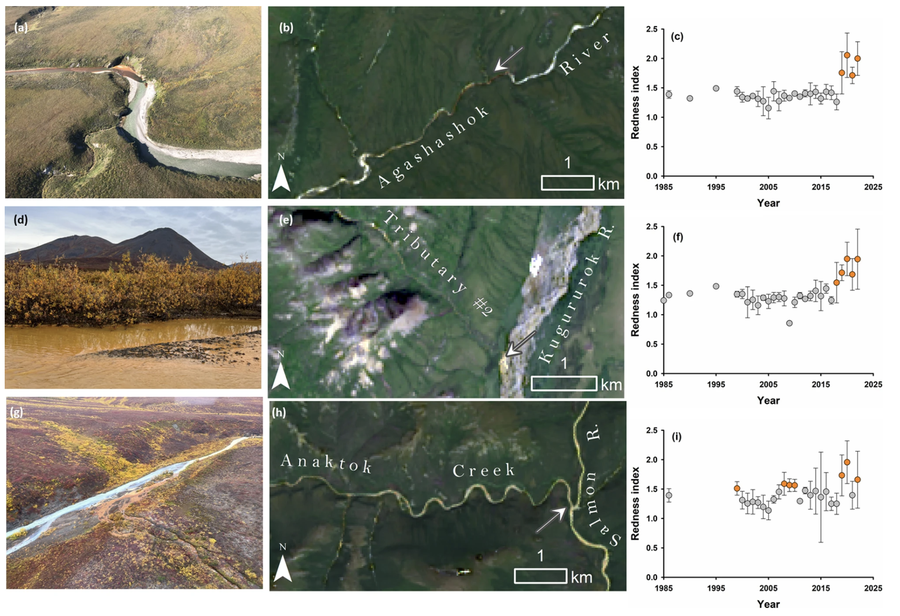
Field photographs (a, d, g), Landsat satellite images (b, e, h), and time-series data for an optical reflectance index, or Redness Index (c, f, i), for the Agashashok River (top row), a tributary of the Kuguroruk River (middle row), and the Anaktok Creek tributary of the Salmon River (bottom row) in northwest Alaska. The time-series data were generated using average Redness index values (see methods for details) for summer months of each year from 1985 through 2022. The orange circles indicate Redness Index values > 1.5, discolored by Fe mobilization. Gray circles represent Redness Index values < 1.5, indicating clear water or streams unimpacted by Fe mobilization. Photo credits Jonathan O’Donnell/NPS; Michael Carey/USGS.
Kivalina, a small town near Cape Krusenstern National Monument is particularly vulnerable to problems with drinking water. While its water source is also downstream from a nearby mine, the researchers found that thawing permafrost and high water flows led to water impairments and residents relying on shipments of bottled water at times. Another town, Selawik, faces similar issues.
Researchers found some fish like Dolly Varden, chum salmon, and whitefish—which are all important subsistence species—may be vulnerable to population decline as a result of these water changes. Scientists are also analyzing samples of fish tissue to see how much metal is accumulating in them and whether this is a concern for humans. There is also an additional concern that particles in spawning beds could potentially impact salmon spawning.
Scientists are working to learn more, but there are still many questions to answer. And they’ve observed at least one case of a river shifting from orange to clear.
“In a lot of cases, once the rivers start to rust, they'll continue to rust for a while,” O’Donnell says. However, he says they’ve noticed deviations from that pattern. “We went to a stream one year and it was bright orange, and then we came back and it was clear. And so sometimes these things can turn on and off, and we don't understand, necessarily, all the mechanisms of how that's happening.”
He says it could potentially involve complex subsurface hydrology. “In general, we would think that there is continued warming and continued permafrost thaw, we see the potential for more watersheds to turn orange more, but it's complex in that there is annual variability.”
Researchers are working on a vulnerability assessment, and researching which watershed characteristics may provide resilience. A graduate student is also looking at chemistry in the area to understand the potential toxicity to aquatic life. Future plans for research include geophysical surveys and permafrost coring to better understand what’s going on beneath the ground. Additionally, researchers are exploring the use of environmental DNA (eDNA) to detect the presence of organisms. As researchers work to learn more, the world is continuing to warm and the Arctic is heating up faster than the rest of the world, causing concern that this trend will continue.
“I think there's a fair amount of evidence to support that the underlying cause of this is permafrost thaw and warming,” O’Donnell says. “We know that the Arctic is warming at a faster rate than other biomes around the world, and warming faster than the Earth itself… Over the next 50 years or so, we anticipate that the Arctic is going to continue to warm, and so permafrost will track that and basically continue to thaw as the climate warms.” He says that in watersheds with materials prone to chemical weathering, “we would anticipate that those watersheds would be vulnerable to future rusting.”
The study also points to the vital importance of long-term monitoring projects, so researchers can identify changes quickly and have samples and data to learn more about trends and be able to see when changes occur.
“It’s a good example of the benefits of working in the region and conducting long term monitoring because as these sorts of problems emerge, we were well poised to sample for it, and study it, and learn more about it, and also communicate both with the public and the rural communities who are impacted by it, but also National Park and Department of Interior managers who are concerned about this,” O’Donnell says.
